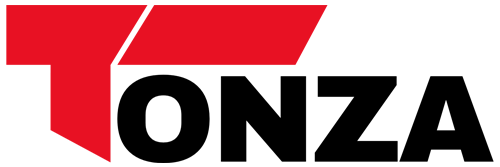What is the CNC programming?
Introduction
In the world of manufacturing, precision and efficiency are key factors that can make or break a company’s success. One technology that has revolutionized the manufacturing industry is CNC programming. CNC, which stands for Computer Numerical Control, is a system that uses computers to control machine tools and equipment in a precise and automated manner. CNC programming allows for the creation of complex parts and components with high accuracy and consistency, leading to increased productivity and reduced waste.
What is CNC Programming?
CNC programming is the process of writing instructions that tell a CNC machine how to perform a specific task. These instructions are typically written in a special language called G-code, which uses a series of commands and parameters to control the movement and operation of the machine. CNC programming is essential for translating design specifications into physical prototypes or finished products.
A CNC program consists of a series of codes that specify the actions the machine should take, such as moving the cutting tool along a specific path, adjusting cutting speeds and feeds, and changing tooling as needed. These codes are written in a logical sequence that guides the machine through the manufacturing process step by step.
The Benefits of CNC Programming
There are several benefits to using CNC programming in manufacturing:
1. Precision: CNC machines are capable of producing parts with extremely tight tolerances, leading to high-quality finished products.
2. Efficiency: CNC programming allows for faster production speeds and reduced setup times, resulting in increased productivity and lower costs.
3. Consistency: CNC machines can repeat the same operation over and over with the same level of accuracy, ensuring consistent results every time.
4. Flexibility: CNC programming enables manufacturers to easily make changes to designs and processes without extensive retooling or setup, allowing for greater adaptability in manufacturing.
CNC Programming Tools
There are several software tools available for creating and editing CNC programs, including:
1. CAM Software: Computer-Aided Manufacturing (CAM) software is used to generate toolpaths and G-code from CAD designs, simplifying the programming process.
2. G-Code Editors: G-code editing software allows programmers to manually write, edit, and debug CNC programs, providing greater control and customization.
3. Simulation Software: CNC simulation software allows programmers to visualize and test their programs in a virtual environment before running them on an actual machine, reducing the risk of errors and collisions.
4. DNC Software: Direct Numerical Control (DNC) software enables the transfer of CNC programs from a computer to multiple machines on the shop floor, streamlining production workflow.
Common CNC Programming Commands
There are several common commands used in CNC programming to control the movement and operation of the machine:
1. G00 – Rapid Move: Moves the cutting tool quickly to a specified position without cutting.
2. G01 – Linear Interpolation: Moves the cutting tool along a straight line at a specified feed rate.
3. G02/G03 – Circular Interpolation: Moves the cutting tool along a circular path in either a clockwise or counterclockwise direction.
4. M06 – Tool Change: Changes the cutting tool or tool holder during the program execution.
5. M30 – Program End: Marks the end of the program and returns the machine to its home position.
Conclusion
In conclusion, CNC programming is a critical aspect of modern manufacturing that enables companies to produce high-quality products with precision and efficiency. By leveraging CNC technology and software tools, engineers and manufacturers can create complex parts and components with ease, leading to increased productivity and cost savings. Understanding the basics of CNC programming and mastering common commands can help engineers optimize their manufacturing processes and stay competitive in today’s fast-paced industry.

